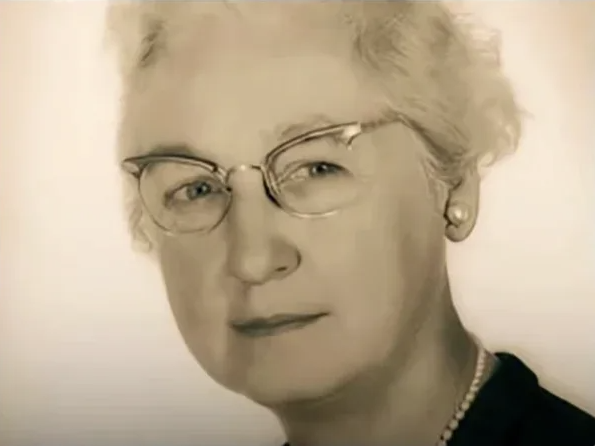
New York, 1952. A baby was born silent and blue, tiny lungs refusing to work, small body limp and unresponsive. The delivery room fell into chaos as doctors froze, uncertain what to do. They had no protocol, no system, no way to quickly assess whether a newborn needed immediate intervention or was stable enough to wait. Babies died in those uncertain moments, slipping away while medical staff tried to figure out what was wrong.
Then Dr. Virginia Apgar spoke up. “Let’s score the baby.”
It was a radical suggestion delivered in a moment of crisis, but it came from a woman who’d spent her career watching preventable deaths and refusing to accept them as inevitable. Dr. Apgar had wanted to be a surgeon—had the skill, the intelligence, the dedication. But in the 1930s, the medical establishment had other ideas. Women couldn’t be surgeons, they said. Too emotional. Not strong enough. Not capable of making life-or-death decisions under pressure.
So they blocked her. Told her to find another specialty. Pushed her toward anesthesiology, a field considered more appropriate for women because it was supportive rather than primary, background rather than spotlight.
Dr. Apgar could have become bitter. Could have given up. Could have accepted the limitations a sexist system tried to impose on her. Instead, she took her brilliant surgical mind into the delivery room and started watching newborns. Really watching them. And what she saw horrified her: babies dying because no one had a systematic way to assess their condition immediately after birth.
She spent one morning creating a five-point test. Five simple observations—appearance, pulse, grimace, activity, respiration—that could be done in seconds and would tell doctors instantly whether a baby needed emergency intervention. She called it the Apgar Score, an acronym that would become one of the most elegant pieces of medical innovation in history.
Within ten years, nearly every hospital in the world was using it. Infant mortality rates dropped sharply. Babies who would have died in those first critical minutes were saved because doctors now had a tool that told them exactly what to do. No more freezing. No more uncertainty. Just clear, actionable information delivered in seconds.
Dr. Apgar didn’t just save one life. She saved millions. Every two seconds, somewhere in the world, a baby takes their first breath and a medical professional performs the Apgar Score. It’s so fundamental to modern obstetrics that most people don’t even know it was invented by one woman who refused to accept that her gender should limit her impact.
The photograph shows her as she was—intelligent eyes behind cat-eye glasses, hair pulled back in the practical style of a woman who had work to do. She looks dignified, composed, like someone who knew her worth even when the world tried to diminish it. There’s a hint of a smile, the kind that suggests she understood something the men who blocked her from surgery never did: that greatness finds a way, regardless of the obstacles.
She was told she couldn’t be a surgeon because she was a woman. So instead, she became the woman who created a tool that every surgeon, every obstetrician, every delivery room nurse uses multiple times a day. She was pushed into the background of medicine and ended up creating something so essential that modern healthcare can’t function without it.
The men who blocked her from surgery are forgotten. Their names don’t appear in medical textbooks. They didn’t change the world. But Dr. Virginia Apgar? Her name is spoken in delivery rooms across every continent, in every language, millions of times a year. Her test is taught to every medical student. Her legacy is written in the lives of babies who breathed because someone finally created a system to help them.
Every two seconds, a baby breathes. And Dr. Apgar’s test is there, doing what it’s done for over seventy years: giving that child the best possible chance at life.
She refused to give up when the system tried to stop her. She turned rejection into innovation. She proved that barriers don’t define you—how you respond to them does.
And now, decades after her death, she’s still saving lives. Still proving that the woman they said wasn’t capable of being a surgeon ended up being more important than any of them.